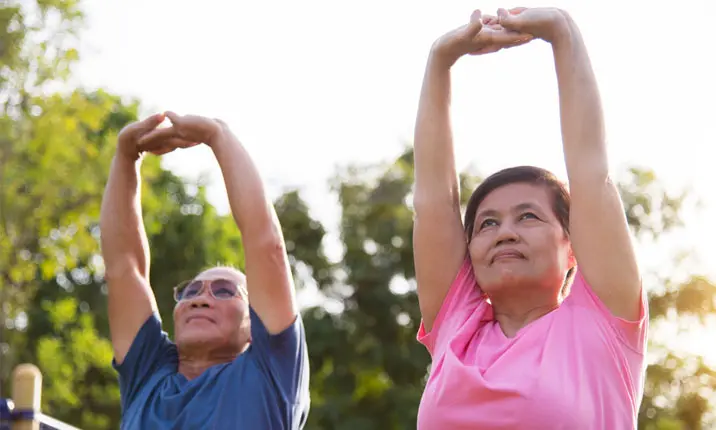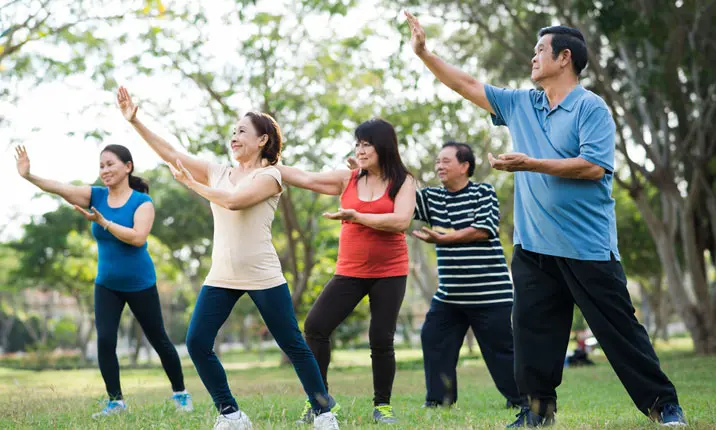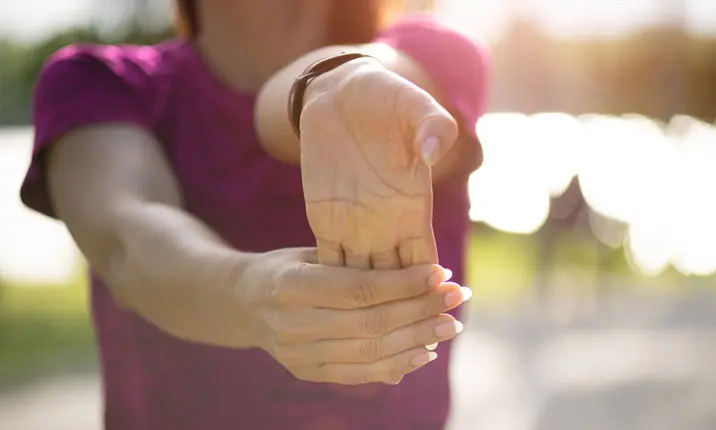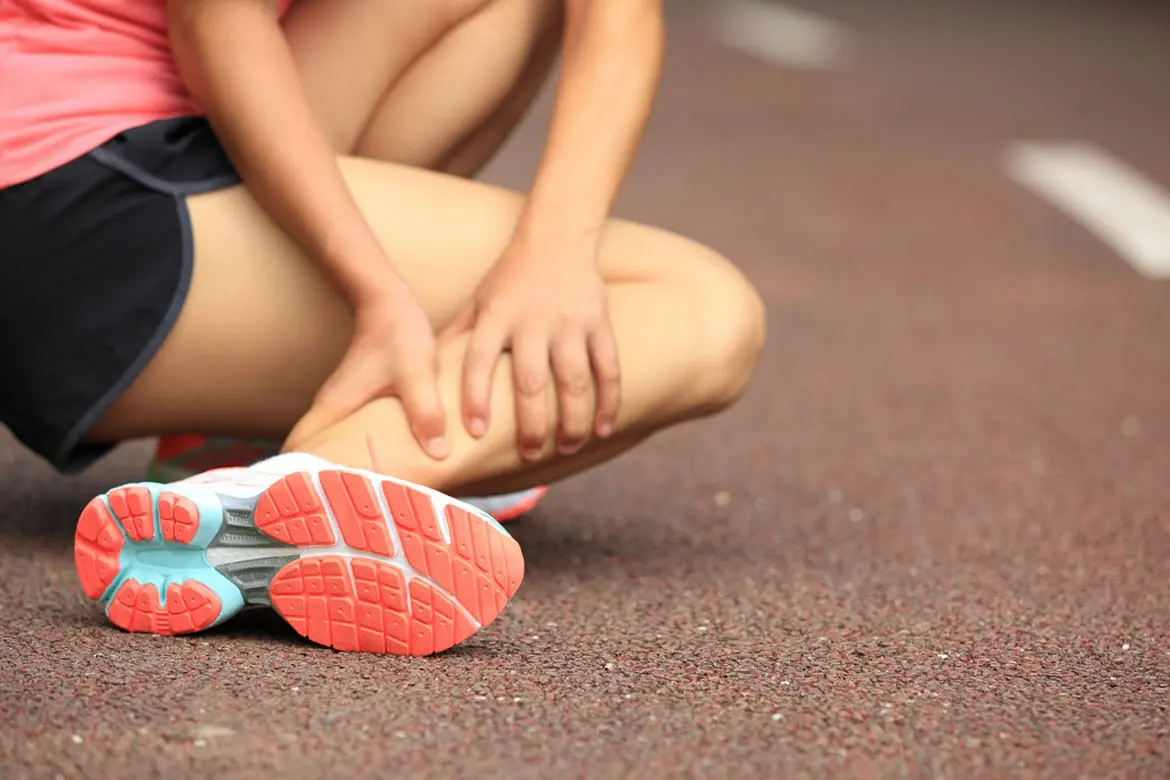Rheumatoid arthritis occurs when one's immune system attacks the body's own tissues by accident, affecting the lining of joints and possibly damaging other body parts. It is an autoimmune disorder that senior citizens are more susceptible to.
Symptoms of rheumatoid arthritis include:
- Joint Stiffness in the morning, persistent pain and discomfort
- Swelling and stiffness, especially in the small joints; eg: hands, fingers, ankle and toes
- Numbness and limitation of joint movements may also occur
Although this is a chronic condition, it can be managed with proper treatment and may go into remission. Treatment includes medication, as well as physical therapy and rehabilitation that will help to keep joints flexible and relieve pain.
While it's best to work with a physiotherapist face to face, this may not be feasible or accessible with the COVID-19 situation. Not to worry though – it's still simple and safe to engage in your own exercises from the comfort of your home. Here are 7 exercises recommended by Samita Dayal, senior physiotherapist at Mount Elizabeth Novena Hospital.
1. Stretching
Stretching should be the foundation for starting your day and before engaging in any exercise because it reduces stiffness and increases your range of motion.
Take 3 – 5 minutes to either march on the spot, reach out to touch the sky, or bend down to touch your toes. Stretch and hold the position for 10 – 20 seconds before releasing, repeating the same motions 3 – 5 times.
2. Chair Sit-to-Stand
Chair sit-to-stand is useful for strengthening your leg muscles. As the exercise's name suggests, all you have to do is sit on a regular chair, stand up, and slowly sit down again with controlled movements.
Feel free to use your arms to help you to balance. Do this for 10 – 15 reps. To increase difficulty, use a chair of a lower height.
3. Yoga and Pilates
Yoga stretches promote a healthy immune system, deep relaxation, and improves one's mobility and flexibility – all of which are essential for recovery. Gentle yoga stretches can reduce joint inflammation and pain in the long run. In fact, any movement-related activities that improve flexibility of your joints is helpful for rehabilitation.
If you're feeling stronger, try Pilates to strengthen and stabilise your joints. Exercises like bridging – with your shoulder on the floor, both knees bent with hips in the air – will train your back and core muscles which make for a good workout.
You may find a wide variety of videos online. Each session can be completed in 30 – 45 mins. A yoga mat is all the equipment you need.
4. Tai Chi
Another flow-based activity, Tai Chi is a traditional Chinese martial art that combines slow and gentle movement with an emphasis on training your focus. Similar to yoga, it improves muscle function and reduce pain as well as stress in recovering patients. Practice Tai Chi daily at home for 20 – 40 mins to strengthen both body and mind.
5. Walking
Although this isn't an indoor sport, it requires minimal effort and can be done right outside your house. Taking a brisk, 15-minute walk around the neighbourhood park can help to loosen joints, reduce pain, and boost your mood. Getting your heart rate up with a dose of fresh air and endorphins will speed up recovery. Just don't forget to wear your mask!
6. Stationary Cycling
Cycling is a non-weight bearing and low impact form of cardiovascular exercise that's suitable for all ages. A study published in the Journal of Rheumatology found that cycling can help to significantly reduce joint pain and stiffness, while promoting a greater range of motion at the hip and knee.
It also strengthens the knee muscles, and can improve the muscular support for joints as well.
7. Hand Exercises
Get active even while seated and watching Netflix – hand exercises and micro-movement are important to regain hand strength, especially since we use our hands to do so many things in our daily lives.
Improve hand flexibility and strength by bending your wrists up and down. Curl your fingers slowly into a fist, and then spread them wide open. Repeat these movements 10 times.
In general, avoid strenuous or high impact exercises that can strain your joints. Take it slow and adapt the exercises to your comfort level.
Do look out for older family members and keep them company while they exercise so that they can sweat it out safely.














